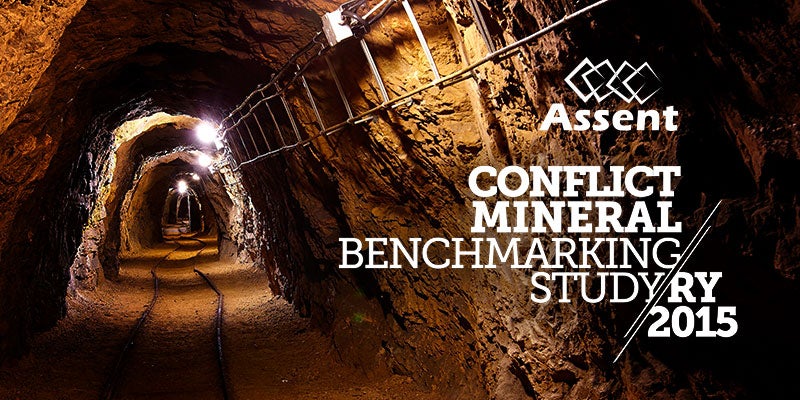Thirteen publicly-traded companies in the United States have proven it is possible to not only comply with Section 1502 of the Dodd-Frank Wall Street Reform and Consumer Protection Act, but to also perform supply chain due diligence in line with industry best practices.
These companies achieved perfect scores in Development International’s Conflict Mineral Benchmarking Study RY2015, authored by Chris Bayer, PhD. The report was published on July 26th, 2016.
The study evaluated all 1,216 filers in scope of the U.S. Securities and Exchange Commission’s (SEC) conflict minerals rule. Once evaluated, these filers were ranked according to their compliance scores. The Conflict Mineral Benchmarking Study report was then completed, identifying trends, successes and opportunities at industry and company-specific levels.
Study Background
Unlike other conflict mineral studies, Dr. Bayer’s report was the first of its kind and remains the only comprehensive look at compliance programs supported by a world-class advisory panel of independent conflict mineral experts.
The study utilizes sets of criteria to evaluate companies, based directly upon the SEC’s conflict mineral rule and the Organisation for Economic Co-operation and Development’s (OECD) Due Diligence Guidance. These criteria were developed with input from industry and the study’s expert panel, providing a true evaluation of compliance.
Dr. Bayer’s groundbreaking study in reporting year 2014 revolutionized the way companies measure the success of their conflict mineral compliance programs. Through in-depth analysis, companies received actionable insights into the successes and opportunities of their programs.
Form-SD and Conflict Mineral Report (CMR) filers were not the only companies to benefit from these insights. Hundreds of organizations contacted Dr. Bayer to learn more about compliance trends within their own industries, and to find out how they could improve their own compliance practices.
As a result, companies at various stages of development of their own programs gained access to best practices, allowing them to make significant strides towards strengthening their processes.
This year’s study builds on last year’s success with equally exciting trends and insights identified through the scientific analysis of Form-SD and CMR filings.
How to Use the Study
The Conflict Mineral Benchmarking Study is complete and the benchmarks have been established, but what does that mean for most companies?
Although a major highlight, the study is about more than ranking the performance of publicly-traded companies. The analysis, trends and insights gathered through the process provide a roadmap for all companies wanting to further expand their compliance programs.
For example, the study revealed that in 2015, 65 percent of CMR-filers did not include Reasonable Country of Origin Inquiries (RCOIs) for their tin, tungsten, tantalum and gold (3TGs). These results identify a trend and clearly demonstrate the need for improved processes to collect data and complete RCOIs.
A similar trend was identified for smelter and refiner (SOR) data, where 43 percent of CMR-filers did not provide data on their SOR facilities.
Both of these complex steps are important pieces of the compliance process. The study provides best practice information and more, helping companies establish the building blocks for strong compliance programs.
What To Do Next
The Conflict Mineral Benchmarking Study RY2015 has been released. Visit the Assent Compliance website for more information on the study, Dr. Chris Bayer and the expert advisory panel.
To get your score and an analysis of your compliance program, contact our regulatory experts.
The Conflict Mineral Benchmarking Study RY2015 is your chance to see where companies are succeeding in their compliance processes. Learn about key trends, gain actionable insights and implement best practices identified through the analysis real data from reporting companies.
For any questions or comments, contact us today.










